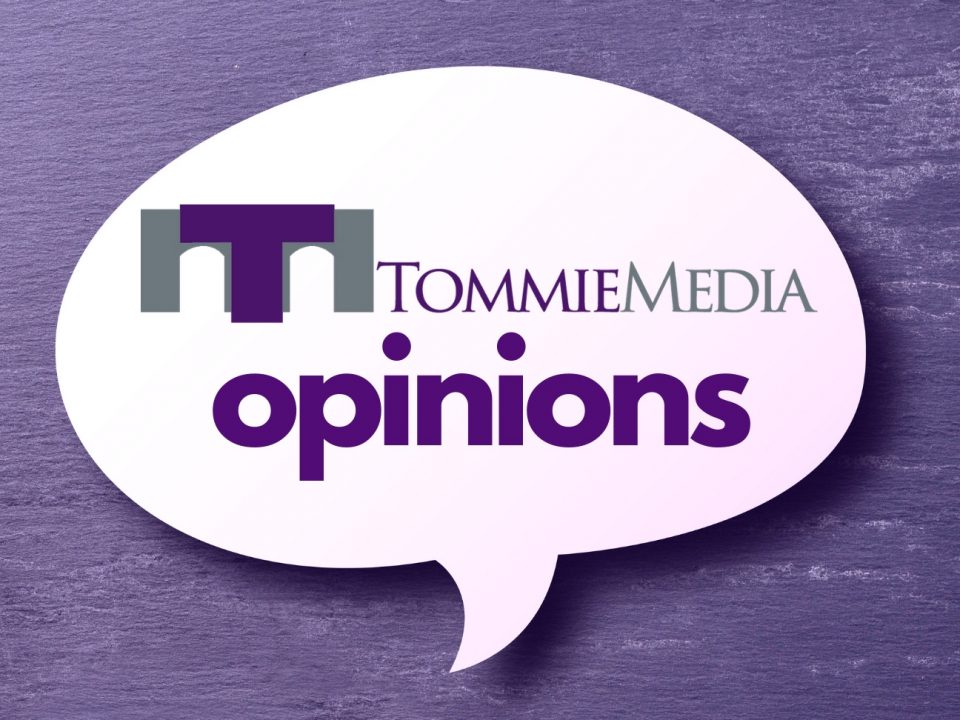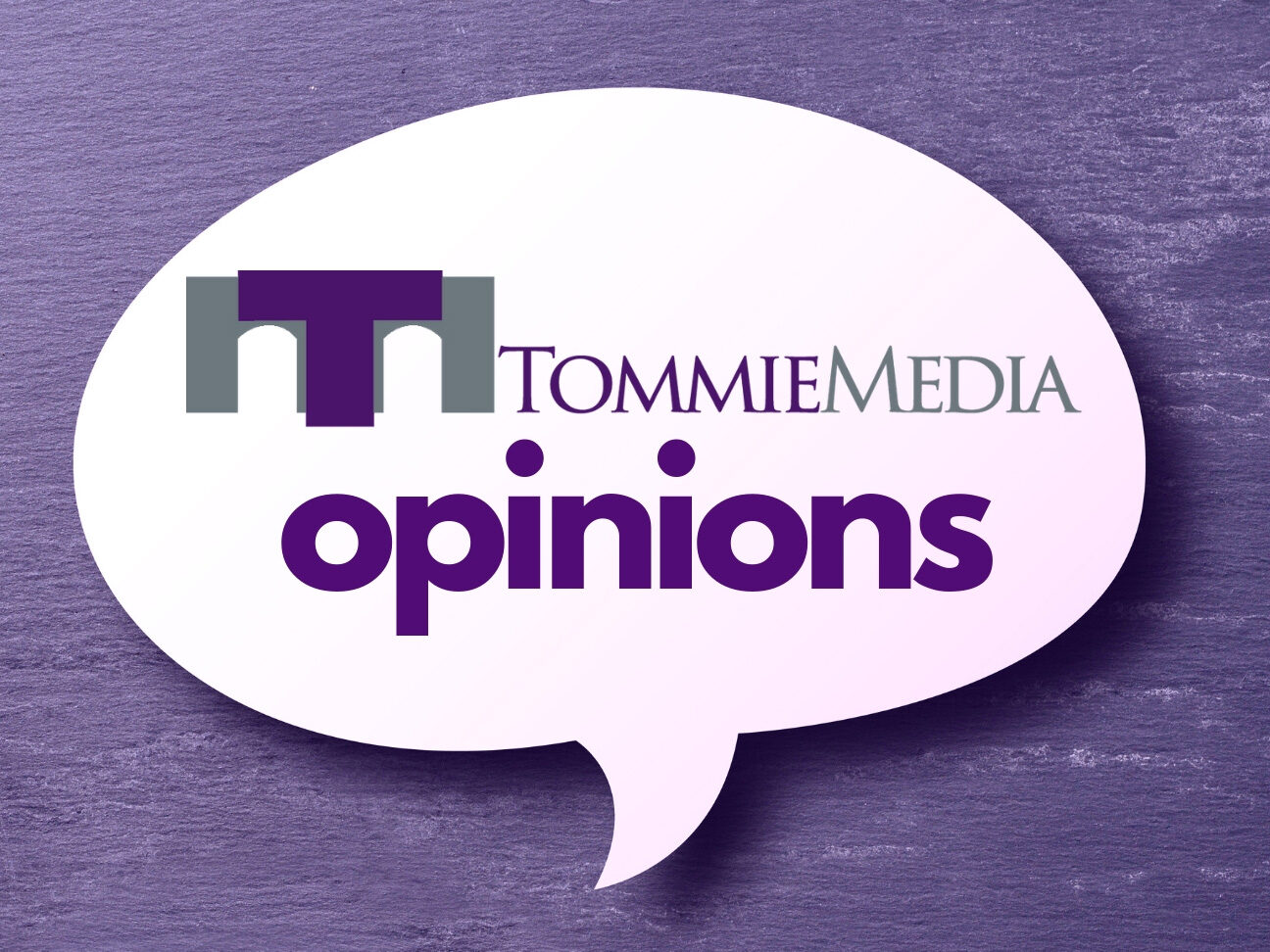
Netflix’s hit show “Peaky Blinders” is laden with accented characters. Whether it’s pesky Detective Campbell or one of the Shelby boys, their accents add to the characters and the show’s atmosphere, given that it’s 1920s England. There’s nothing like main character Thomas Shelby outwitting an enemy with his clever plans and frequent sass. But I’ve missed his quick dialogue because of his speaking volume or accent a few too many times.
I have always been a lover of subtitles. My roommate, with whom I watch many shows, is not. When we started watching “Peaky Blinders,” we went without subtitles—per my begrudging agreement to not use them. Yet, by season two, the subtitles were on. How could you not when Alfie Solomons mumbles every word?
Subtitles are a blessing that so many viewers go without. They may take a little time to adjust to, but they will only improve one’s viewing experience.
At this point, I would like to clarify the distinction between subtitles and closed captions. Subtitles are solely used for language: dialogue between characters, off-screen narrators and other voices. Closed captions are aimed toward the hearing impaired or hard of hearing audiences. CCs not only show dialogue but also transcribe background noise, distinguish who’s speaking and show other necessary audio-related occurrences.
Having both options, or at least CCs, widens the audience. When I talk about my roommate and I watching a show, I’m strictly referring to the use of subtitles. Our argument is between two people who have different preferences, not needs.
Without a doubt, those that need subtitles or CCs should have access to them, whether it’s for hearing impairment or to understand a foreign language film. Netflix, and most other streaming services, offer either both options or just CCs, but regardless, programs with hearing accessibility are widely available.
Now back to my subtitle soapbox.
For me, subtitles are clarity. I don’t want to miss parts of the story because I couldn’t understand what a character said. In “Peaky Blinders,” for example, so much of Tommy’s planning happens behind the scenes, so whatever dialogue we get is crucial. The story moves so fast and expects the audience to keep up. It is all too easy to lose track of what’s happening, but with subtitles, it’s easier to follow along.
More than this, subtitles can provide valuable information. Think back to the end of Christopher Nolan’s iconic film “Inception.” I would say “spoiler alert,” but it’s been 10 years. Still, fair warning.
When Dominick Cobb returns home, he sees his children for the first time in years. They are playing outside and rush in to greet him. While this happens, most viewers become preoccupied by the spinning top. Will it fall, won’t it fall? But the top is a red herring. As viewers, we should be paying attention to Cobb’s kids and, more importantly, what they’re saying.
The camera begins panning toward the top, drawing the viewers’ attention with it. Cobb’s son explains that they’re building a house on a cliff. Without the subtitles, this line is easy to miss. Granted, this dialogue could just be a nod to an image frequently seen throughout the film.
However, it also plays into the “It’s all a dream theory,” which wildly changes the film’s interpretation. Basically, the theory centers on the idea that Cobb is dreaming the whole time, and he can’t tell because the totem he uses is technically invalid. It used to be his wife’s totem, meaning she knows how it works, therefore violating its power as a totem. He could still be in her dream from their experimental session that the movie’s flashbacks allude to.
That’s a brief and very surface level explanation, but the point is, the top isn’t the only important thing in the scene. Viewers could miss it without subtitles, and I, for one, don’t want to miss a word.
The main argument I’ve heard against subtitle use is that viewers don’t want to feel like they’re reading. This is my roommate’s common argument. I understand what she means. Why spend your time reading subtitles when you’re supposed to be watching a visual medium like film?
Yet, the more you incorporate subtitles into your viewing practices, the easier it will be to use them. I’ve trained myself to read them only when necessary. I’m used to them, and because of that, they enhance my viewing experience without hindrance.
Maddie Peters can be reached at pete9542@stthomas.edu.



